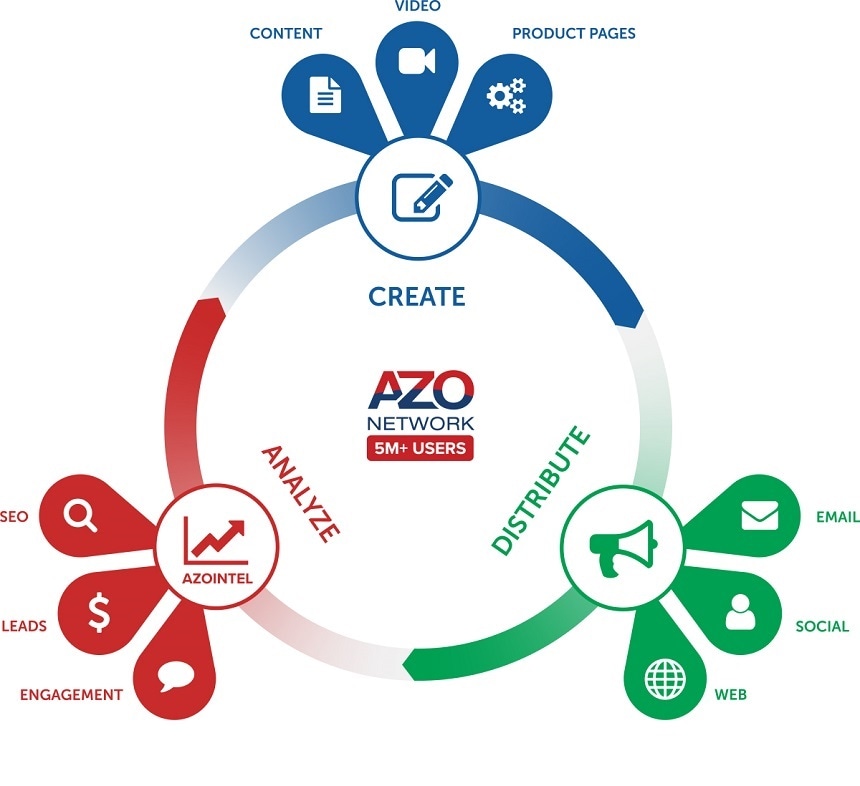
The scientific equipment buying process can be complex and often involves multiple stakeholders. The power is right back in the hands of the customer and they are more informed than ever before.
What can marketers do to be competitive in today’s connected B2B world?
Fortunately, there are a number of tools and techniques businesses can use to reach their target customer. The trick is deciding what to do and when to do it.
AZoNetwork has been at the center of scientific marketing for nearly twenty years.
This article aims to use the experience, data and insights gained during that time to shed light on the scientific buyer’s journey.
How Scientists Buy: Buyer Behaviour
Successful marketing should contain a holistic mix of content distributed via the channels your audience are using. For example, in the context of buying and selling scientific equipment, you are 3 X more likely to influence a buying decision via your website than a social media channel.
In a recent survey, AZoNetwork asked professionals from across science and industry which channels had the biggest influence on their buying decision.
94% of people said the manufacturers website had some or a strong influence on their decision.
76% of people also said that online publications had some or a strong influence on their decision.

Providing well optimized valuable content on your own website is one thing but increasing your reach via reputable online third-party publications is critical to match the online behavior of the scientific professional.
This approach will give you a much wider reach within your target audience.
Okay, but what type of content should you distribute via these channels?
The channel used is only as good as the content behind it.
89% of people we surveyed said application notes had a strong influence or some influence on their decision to buy.
Product information was the most influential factor in people’s decision to buy with video marketing content coming in third place.
It’s important to consider where each of these types of content fit within the funnel. Not everyone is in a position to buy. In fact, only 3% of your market will be in the buying phase at any given time.
Buying scientific equipment requires a lot of information gathering before a decision to buy is made. This is largely down to price, capability and time. Those involved in buying a new piece of equipment are invariably spending someone else’s money. It is vital that the purchase does exactly what the client needs it to do. When dealing with scientific equipment this can often involve complex processes, data gathering, analysis etc. to determine suitability. So, the information gathering stage of the buying cycle is crucial and should be addressed in your content strategy.
The buying process can often take months of back and forth between multiple stakeholders and it is critical that you have the content available in the right place at the right time to answer all those questions that could come your way.
You can’t always be in the room! Make your content easy to find and digest.
Stakeholders
Not surprisingly there is a direct correlation between the number of stakeholders involved in a buying decision and the price of the purchase.
The biggest example of this can be seen in purchases under $5,000 compared to purchases between $51,000 - $100,000.
70% of purchases under $5,000 involved 1 – 3 stakeholders
Only 29% of purchase between $51,000 - $100,000 involved 1-3 stakeholders. The majority of purchases in this price range involved 4-6 stakeholders with a significant amount involving 7-10 stakeholders.
The more expensive your equipment the more stakeholders you need to convince.
However, it does highlight the importance of effective content creation and distribution in ensuring all involved stakeholders can access the information they need. Some will need more convincing than others so make sure you cover all basis with your content strategy.